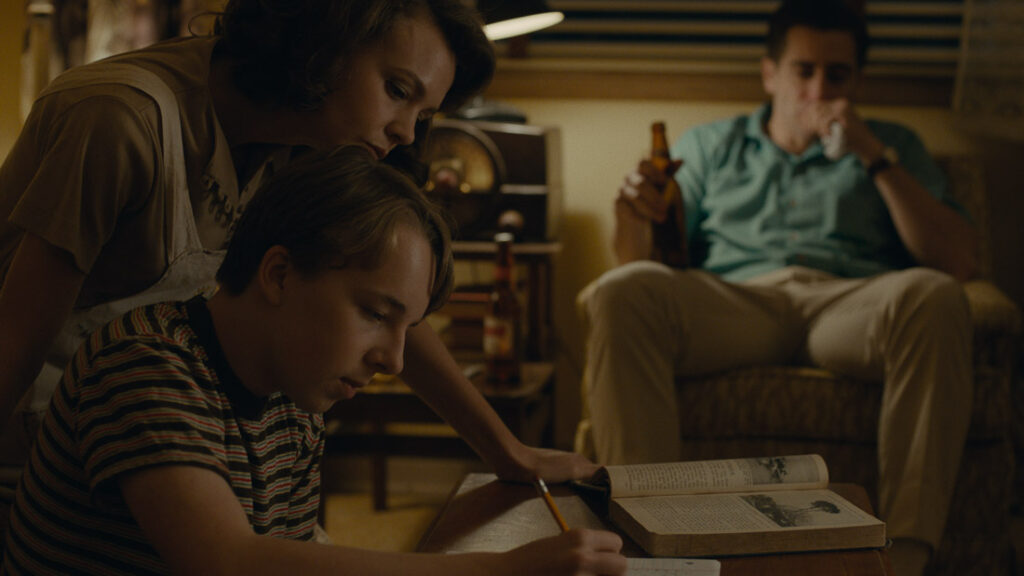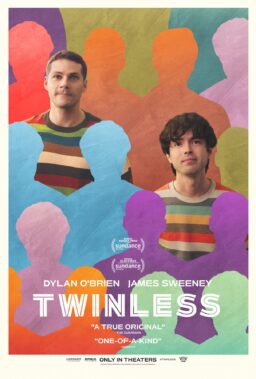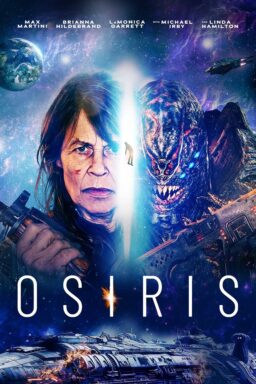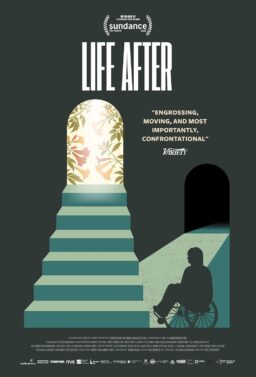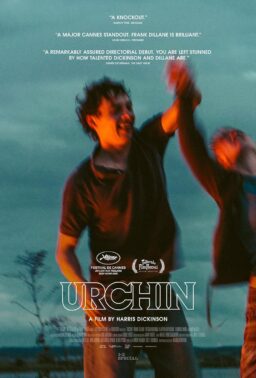Paul Dano debuted his long-anticipated directorial effort at Sundance this weekend, as part of the festival’s highly-competitive US Dramatic Competition category. “Wildlife,” an adaptation co-written with Zoe Kazan of the novel by Richard Ford, is easily the best-looking but also one of the most formal movies of the fest. Like when Ben Affleck surprised the world with the highly competent “Gone Baby Gone,” it shows that the longtime actor has been paying close attention to the master directors he’s worked with. But the film is like an accomplished pianist working through sheet music—nailing the notes, but with not enough expressiveness of his own.
That’s not to downplay how “Wildlife” is one of the best total packages available at the festival, as it contains three major performances and shows that Dano’s eye is beyond many other debut filmmakers. This specific, sensitive vision is on display within “Wildlife’”s microcosmic narrative, which tells of a family of three in the 1960s—son Joe (Ed Oxenbould), mother Jeannette (Carey Mulligan) and father Jerry (Jake Gyllenhaal). They live in a Montana suburb, where their peaceful existence is disturbed early into the film when Jerry is let go from his job at the golf course (for being too personable, he asides), and the family struggles to regain balance while dealing with a self-imposed, social shame.
When Jean eventually becomes the breadwinner by teaching swimming lessons, Jerry elects to make money by fighting forest fires, at the extreme behest of Jean. In the striking fashion of this storytelling, the forest fire takes on an expressive nature. Dano’s camera slowly pans up a mountain to show the destruction, but we never need to see more of it. Instead, its destructive potential lingers, the safety of suburbia rendered fragile.
This is primarily Joe’s story, as it focuses on his silent understanding of something much bigger than him. The casting of Oxenbould is curious in that he looks a bit like Dano, making one think of how likely the actor-now-director would have played this role were someone to have made the movie when he was 14. A performance that largely takes from the sensitive environment of “Wildlife,” Oxenbould spends a lot of time listening to the adults talking, processing. His persistent sensitivity becomes one of the movie’s most striking flourishes as it hashes out a timeless story of a marriage falling apart. Poignantly, Joe does not have much of his own arc, despite the amount of thinking we see him do—a walking juxtaposition to the tension experienced by his parents. He is even so sensitive, and so blonde for parents both with black hair, that he seems like he doesn’t belong in the family.
While Gyllenhaal does strong work with the few scenes that he has, showing the shame of a father in early 1960s America who cannot provide, “Wildlife” gets a larger share of its compelling bursts of emotion from Mulligan (both actors, it’s worth noting, play performance notes we’ve certainly seen them do before). The movie is Jean’s progressive disillusion with her marriage and her status in society, as she struggles with wanting company but preserving the structure of her family. As the second half is mostly her and Joe, she takes on a tangible tragedy; restless, unhappy, afraid of what might happen to her. In a sense, as Jean starts to treat Joe like a friend and less like a typical mother might her son, it becomes her own conflicted coming-of-age story just as much as her son’s.
Dano’s passion for this story shines with just how incredible “Wildlife” looks, from start to finish. He’s extremely well-versed in the decade that he wants to recreate, given the thorough production design and time-capsule locations, and the film has a seemingly endless array of gorgeous compositions that often paint the image of a quiet 1960’s American suburb, often at sunset. With his cinematographer Diego Garcia (“Neon Bull”), Dano immediately elevates the movie’s standards as a whole; even a gloomy woodwind score by David Lang clues us into the mature austerity Dano is challenging himself with for his first movie.
And as “Wildlife” unfolds with such grade-A actors and its all-American story, “Wildlife” surpasses that ambition; Dano aces the formal requirements that make a good film. But there’s so much that is great in this debut, and not enough that feels original. Aside from the gentle handling in his storytelling, he leaves the viewer wanting more—not just another project, but more of Dano himself. “Wildlife” shows he clearly has the instincts that could guide him on much bolder ventures.

